Safari zones of Bandhavgarh National Park
Bandhavgarh Park is located in the Umaria district of Madhya Pradesh and covers a huge area (1,536 sq. km.) that is divided into core (716 sq. km) and buffer (820 sq. km.) areas. Those areas are divided into different zones. This information that we are providing about the zone will help you book the zone according to your preferred sightings. Here are some little details about the different zones of Badhavgarh National Park.
Core Zone
The core zones are the central park of the forest, where human activity is not allowed. This is part of the forest where tourist activity is less and animal sightings are more. The core area of the forest is permitted with limited tourism activity and a ban exists on extracting any forest produce. The major reason for this little permission is to prevent poaching and deforestation so that the animals that call this park home can live here peacefully. The core area of the park is divided into three zones:
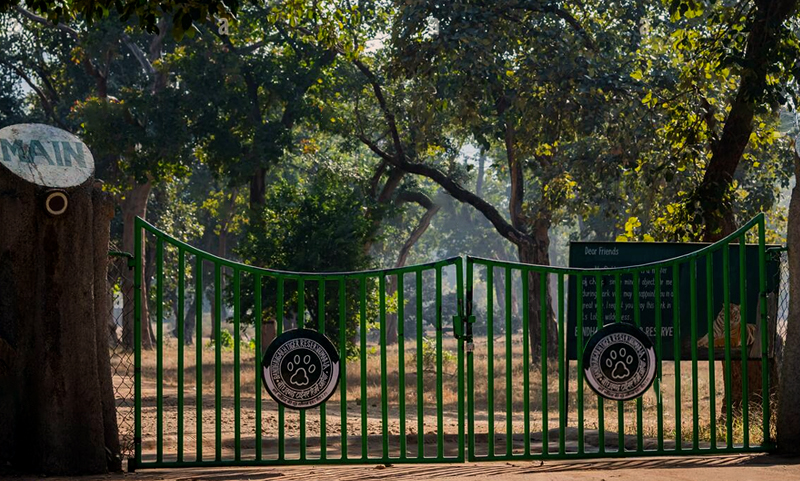
1. Bandhavgarh Tala Safari Zone
This Bandhavgarh safari zone is best for those who want to enjoy the sightings of tigers and other animals without wasting any time. This one is the oldest zone of this wild area and it has the densest wildlife. The name of this scenic zone is influenced by the name of a nearby village. The Charan River originates from Shesh Shaiya in this zone and it also has other attractions including Bari Gufa, Bamania Hill, Three Cave Point, Sita Mandap, Gopalpur Pond, Ketkiha, Three Cave Point, and Shidha Baba. Here you can spot wildlife at the Rajbhera and Chakradhara where exceptional sightings of wild animals are reported. The famous Bandhavgarh Foort is also located in this unique zone. This zone receives the maximum number of tourists every year so booking your safari 120 days in advance will maximize your chances of riding here. This zone is nearest to Umaria Town which is around 32 km.
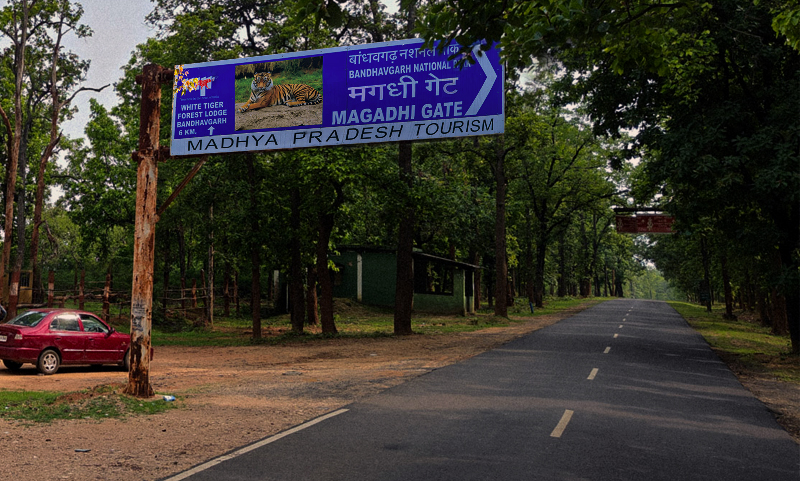
2. Bandhavgarh Magadhi Safari Zone
This zone is located around 12 km away from the Tala Bus Stop and this is the second most popular zone of this huge park. This zone was opened to ease the tourist pressure on the Tala zone. This bandhavgarh safari zone also offers nice sightings of animals as it has several man-made and natural watering holes, including Sukhi Patiha, Dabhadhole, Charkpwaha, and Murdhawa which offer sightings of wild animals. Near the water areas, many animals can be spotted, especially during the summers, quenching their thirst. This area comes under the core area so of course you'll get many chances to spot the exotic wildlife there. This zone also has several attractions like Charger Point, Climber’s Point, Sookhi Dam, Sookhi Taalab, Dinosaur Rock, Mahaman Pond, Sehra Dadra, and many more. Approximately 38 km away is Umaria Town from this zone.
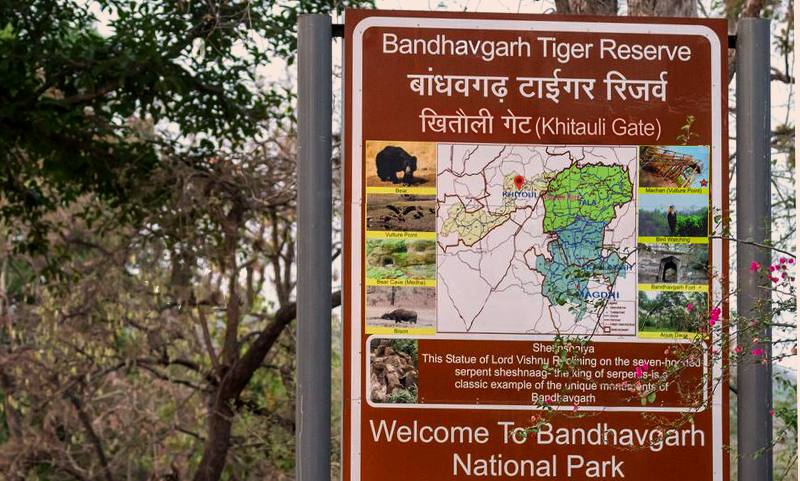
3. Bandhavgarh Khitauli Safari Zone
This zone in Bandhavgarh is also known as the Gate 3 of the area and is opposite the Magadhi Zone. This zone offers many bird sightings and if you’re a birdwatcher then a visit to this zone should be there on your list. About a year ago, a group of wild elephants visited this area and from that time they called this zone their home. This zone has bamboo and other flora which makes it the best habitat to live for herbivores. Animals including tigers, elephants, nilgai, chinkara, and Chausingha can be spotted in this scenic zone. Some attractions of this floral zone include Garhpuri Dam, Nilgai Nala, Umrar River, Charkhi Dongri, Marjadgarh Tower, Kumbhi Kachhar, and Tedka Munara. The Umaria Town is around 37 km from this zone.
Buffer Zone
The buffer area is the outer area that surrounds the core zone of Bandhavgarh National Park. You can see households and humans in this area. The buffer area is open to regulated activities including, but not restricted to, human habitation. Here, the humans (villagers) and animals coexist. The wildlife sightings are less here when compared to other core zones of the park and people can come in buffer zones at any time of the year also they can enjoy a night safari in this area. Through night safari, they can see the nocturnal animals of this wild area. The buffer zone of this wild park is divided into three zones:
 Safari Zone.jpg)
1. Panpatha (Pachpedi) Buffer Safari Zone
This buffer area is an extension of the famous Khitauli zone and it is located around 25 km from the park. This zone has various willie sightings such as nilgai, wild dogs, chinkara, and Chausingha. This zone is filled with deciduous and bamboo trees which attracts the herbivores which in turn attracts the wild animals such as tigers and leopards in this area. This zone has many beautiful spots where people can take nice pictures and enjoy the beauty of nature. It’s the perfect zone for nature lovers who like to enjoy the natural vibes of the forest. The nearest town is Umaria which is around 55 km from this area.
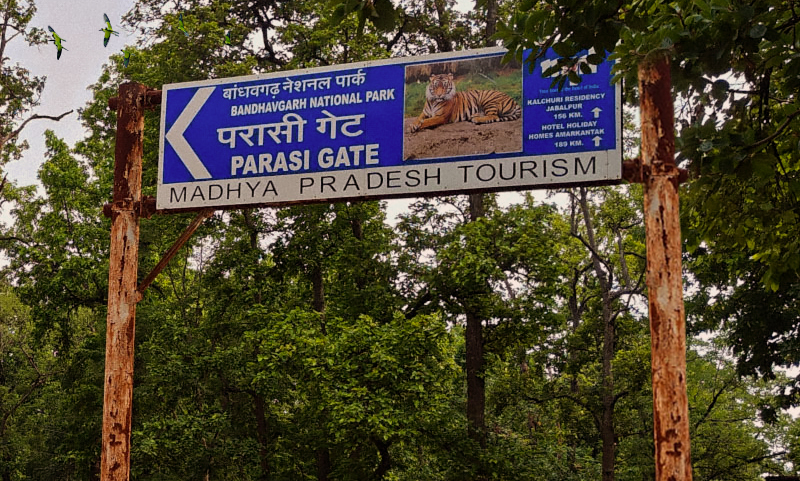
2. Dhamokhar Buffer Safari Zone
This buffer zone of Bandhavgarh is a surrounding area of the Magadhi zone. This area lies between the Parasi and Mahaman villages and is around 14 km from the Tala zone. The major fauna of this area includes sambhar, deer, wild boar, and chital sightings. The entrance of this zone is the Mahaman village and Parasi village is the exit. It has attractions such as Mudgudi Dam and several caves which makes it a must-visit area. If you want to spot much wildlife then the Kadewaha grassland is ideal.
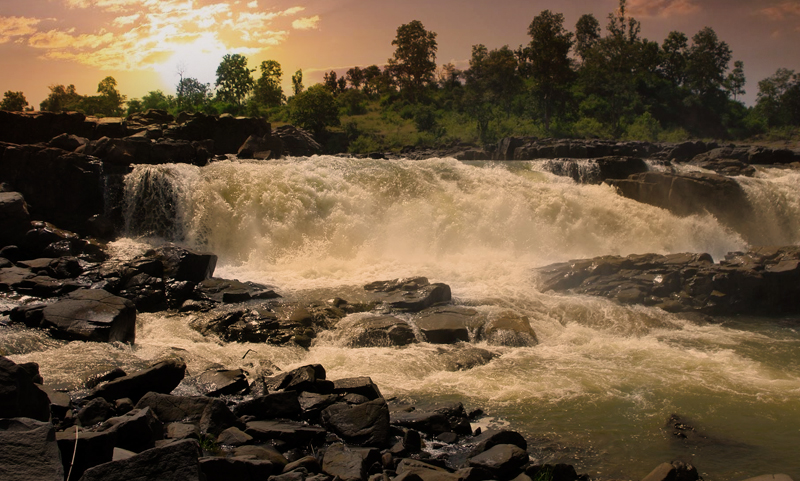
3. Johila Buffer Safari Zone
This Bandhavgarh safari zone is another popular zone of the park and a major attraction of this zone is Johila Waterfalls. This buffer area is an extension of the Tala zone and it is around 35 km from the Tala village. The Johila Waterfall which is a major attraction of this zone originates from Amarkantak and Darins into the Son River. There are many exotic attractions inside this zone such as Kuthulia waterfall, Badia Ghaat, Zurnar Ghaat, and Chindia.
